We arrived Krakow, Poland at 6:00AM ready to tackle the place we came there for: Auschwitz I & II, two of the worst concentration and extermination camps during the Nazi reign. After dropping our bags off at the luggage room, reserving our train tickets to our next destination (Prague, Czech Republic) and dilly-dallying around the station looking for the bus to Oisweicim, we finally left Dworzec Glowny at 0800AM and reached Auschwitz two hours later. I didn't really expect anything from this visit, in fact, I didn't do much reading or cared to research anything about it. I knew it was a Nazi concentration camp, but that was the only card I have. I really wanted the element of surprise. I wanted to see and experience it with fresh eyes, like skipping all the preface and introductions of a really good book. I wanted the biases of other people's commentary out of my thoughts so I can create mine. And wow, was I blown away. Not because it looked aesthetically pleasant but because it showed how cruel we all can be. Now I clearly understand why there were skeptics about the existence of this place. Now I clearly understand why it is necessary for other countries to step in when the greatest crime against mankind is committed. Now, I fully understand.
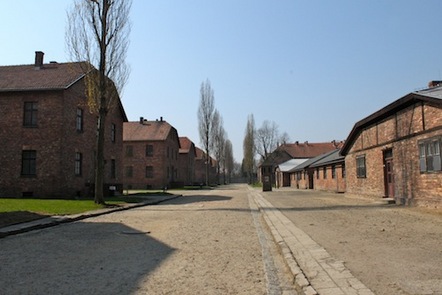
Auschwitz I Camp Grounds
We were a couple of minutes behind the scheduled English guided tour, but from half a mile away over our receivers, our tour guide's voice echoed with calmness yet controlled intensity. Already, she had set the tone of our journey through Auschwitz as her "Ladies & Gentlemen" greeting sounded eerie. Slowly approaching the Auschwitz I camp grounds, we were welcomed by the infamous gate sign, Arbeit Macht Frei, which literally means Work Makes Free, an unsettling sign, for what is freedom in the Nazi vocabulary? A couple of feet away from the gate, we stopped at the spot where an orchestra once stood. The musicians, all of which were prisoners, acted as a ploy for newly arrived and unknowing prisoners (about ninety percent of whom were Jews) to think that camp life was Utopia. Who would've thought?
The open spaced grounds now looked deceivingly simple - red brick houses lined the wide slightly paved roads where trees of pine and occasional trash cans accompany them. But in the 1940's of course, the roads were but dust and the grass and trees were absent. Rain, shine or snow, prisoners would stay out here in the streets for hours as punishment when one of them is found missing during roll call. Each house is called by a specific number (i.e. Block 10, 11, etc) and one of the first few we ventured in were Blocks 4,5 and 6. These blocks, now turned museum, showcased tons of empty Zyklon B cans, the poison used at the gas chambers, luggages, glasses, combs, shoes, toys, pots and pans, prosthetics - all collected from the Jews, photos of the victims lining up the walls, and the strangest exhibit of all - tons of human hair. After being gassed, these human hairs were cut off from the victims as Germans used and traded them for the production of various textiles.
Then comes Blocks 10 and 11. Block 10 was notoriously know for its Medical Experiments on infertility, babies, pregnant women and twins. One of the prominent medical experiments included mass sterilization - the Nazi doctors would inject foreign substances in the women's wombs to close up their fallopian tubes. At times, toxic substances were also rubbed into a victim's skin to test its effects. Prisoners (men, women, children) were also immediately killed only for these doctors to dissect them.
Block 11, on the other hand, was the punishment cell. Prisoners were tried here for different reasons and were either starved, hanged, flogged and/or eventually killed by a firing squad. At least three 3x3 single cell, only accessible by crawling through a small opening, also existed behind these walls. As a sanction, victims were asked to stand here in attention for days with at least three other people per cell, causing exhaustion and suffocation. It is also in this same Block did the Germans first tested the use of Zyklon B.
The last stop of our tour was the Gas Chamber and the Crematorium. Here, prisoners were asked to undress and were lied to think that they were going to take a shower. Fake shower heads were installed and small ceiling holes were carved out. The shower heads to cover the lie on top of a lie, the ceiling holes to dump the Zyklon B gas inside. This building also houses two furnaces used to burn at least three to four cadavers after being suffocated to death. About 4,000 bodies were burned here in a day. And unfortunately, some prisoners were tasked to work here so it was not uncommon for them to see and cremate the bodies of their friends and family.

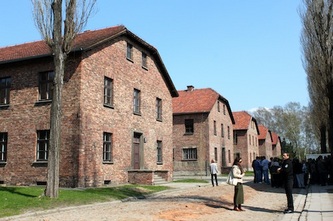
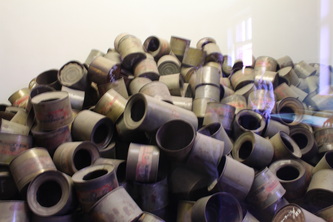
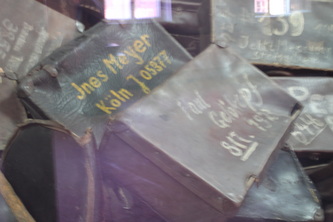
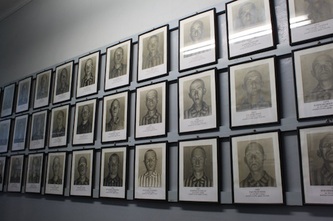
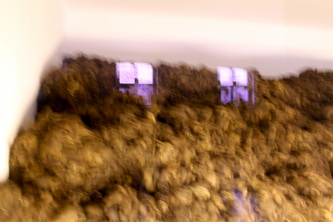
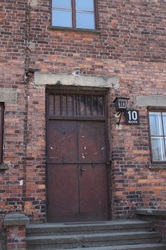

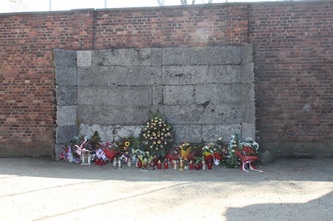
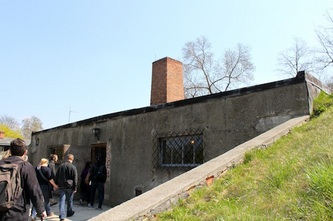
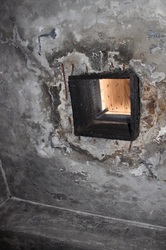

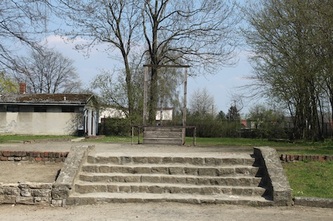


 RSS Feed
RSS Feed